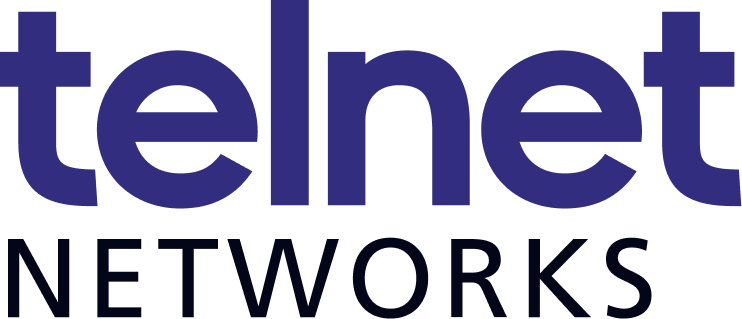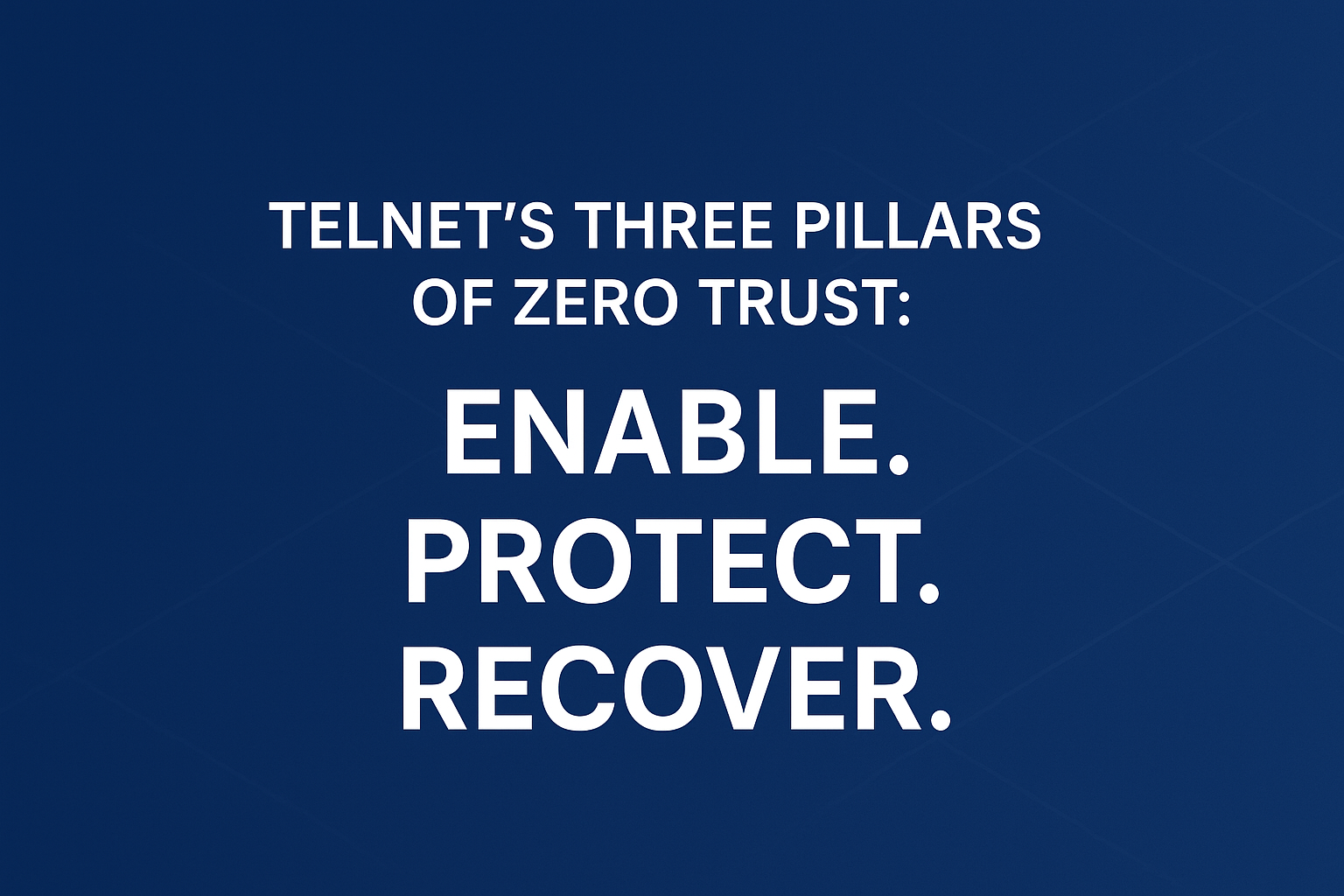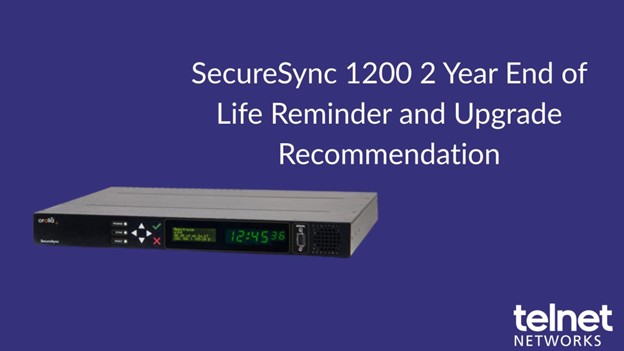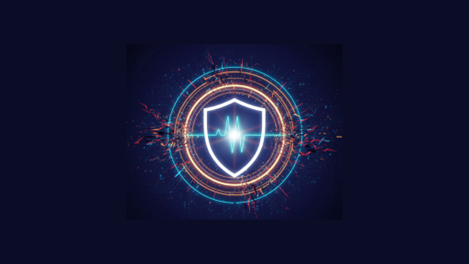Once upon a time, all you needed was a firewall to call yourself “secure.” But then, things changed. More networks are created every day, every network is visible to the others, and they connect with each other all the time—no matter how far away or how unrelated.
And malicious threats have taken notice . . .
As the Internet got bigger, anonymity got smaller. It’s impossible to go “unnoticed” on the Internet now. Everybody is a target.
Into today’s network landscape, every network is under the threat of attack all the time. In reaction to threats, the network “security perimeter” has expanded in reaction to new attacks, new breeds of hackers, more regions coming online, and emerging regulations.
Security innovation tracks threat innovation by creating more protection—but this comes with more complexity, more maintenance, and more to manage. Security investment rises with expanding requirements. Just a firewall doesn’t nearly cut it anymore.
Next-generation firewalls, IPS/IDS, antivirus software, SIEM, sandboxing, DPI: all of these tools have become part of the security perimeter in an effort to stop traffic from getting in (and out) of your network. And they are overloaded, and overloading your security teams.
In 2014, there were close to 42.8 million cyberattacks (roughly 117,339 attacks each day) in the United States alone. These days, the average North American enterprise fields around 10,000 alerts each day from its security systems—way more than their IT teams can possibly process—a Damballa analysis of traffic found.
Your network’s current attack surface is huge. It is the sum of every access avenue an attacker could use to enter your network (or take data out of your network). Basically, every connection to and/or from anywhere.
There are two types of traffic that hit every network: The traffic worth analyzing for threats, and the traffic not worth analyzing for threats that should be blocked immediately before any security resource is wasted inspecting or following up on it.
Any way to filter out traffic that is either known to be good or known to be bad, and doesn’t need to go through the security system screening, reduces the load on your security staff. With a reduced attack surface, your security resources can focus on a much tighter band of information, and not get distracted by non-threatening (or obviously threatening) noise.
Thanks to Ixia for the article.






